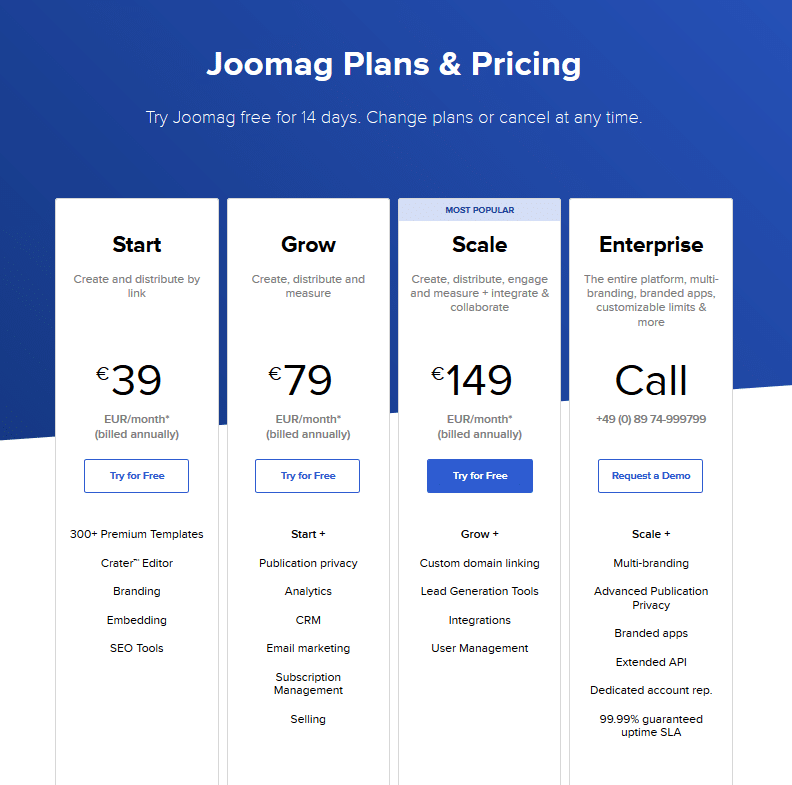
Increase sales with marketing psychology – Five methods for your company
Marketing
Posted 26 Jan 2021
Knowing why consumers make certain purchasing decisions helps companies to advertise their products and services in the best possible way. The still-young field of research in marketing psychology provides companies with empirical insights into the exact process of purchase decisions to use advertising in a targeted manner. For example, the positioning of the most expensive products at eye level comes from this scientific discipline – because this is where consumers are most likely to see the goods.
In the following, we present five methods from a sales psychology point of view that you can integrate into your marketing strategy both online and offline.
Determining the exact value of a product is particularly difficult in short-term purchasing decisions. In marketing psychology, customers are tempted to take certain actions through targeted stimuli and pricing.
Especially in retail, where comparable goods are not directly available, consumers stick to familiar “anchors” when estimating a price. Discount campaigns are a good example of this. If the old price is crossed out but left clearly visible, the customer has an anchor for orientation and feels that the price reduction is even more valuable.
Anchors are also used in the B2B sector. A common example of marketing psychology in B2B can be found with software providers. Joomag also deliberately highlights the most expensive package in color when displaying the various price plans.

Picture 1: https://www.joomag.com/en/pricing
Whoever sees the highlighted offer first will find the other prices cheaper and more attractive in comparison.
The psychological anchor effect is also used for marketing in the context of donations. In many cases, a certain price is specified for donation requests which can be changed individually, but influences the subconscious, as shows the example of WWF.
Marketing psychology research proves that advertising messages are particularly effective at the beginning and the end of an advertisement, e.g. in texts or commercials. This is due to the primacy effect and the recency effect. The primacy effect continues for a short time after the advertisement has been seen. The recency effect influences us in exactly the opposite way. If you remember an advertisement after a longer period of time, the end will come back to you more quickly. For the placement of your advertising message, this means: At the beginning and the end, it has the greatest effect on the viewer.
Read also: Increase sales with clever Point of Sale Marketing
The so-called mere-exposure effect is interesting when it comes to the question of how often one should place the same advertisement. The more often you are exposed to a neutral stimulus, the more positively you perceive it after a certain time. The point is to send neutral stimuli repeatedly but only briefly. Consciously remembering the stimulus destroys and drastically dampens the effect. The effect is even stronger when the presentation is short. Here we are talking about one second or less. The Nobel Prize-winning psychologist Daniel Kahneman has also studied the research of marketing psychology or more precisely, the mere-exposure effect. He explains that not even the entire advertising message needs to be repeated. The core message alone is enough.
The more often a message is repeated, the more convincing it is and hence the more truthful it is for us. That is because we get used to it faster than usual and we switch from active, controlling thinking to intuitive thinking.
Without consciously perceiving the stimulus, a positive attitude towards a brand/product can be created in various ways. Since a short presentation time and the core message alone are all the more effective, the mere-exposure effect is also resource-saving.
For your own marketing strategy, this means: Repeat your advertising message often and be patient.
One of the best-known techniques in communication and marketing is the so-called framing. This is where the wording makes the difference. An example:
A lottery game can be described as such: “8 out of 10 participants win”, but also: “20 percent of the participants lose their entire stake”. Both statements are true, but only the first one sounds tempting – the second, however, is rather deterrent.
Framing is used especially in crisis communication of companies. As an example: “No, we are not environmental polluters”, but “We are very well aware of our responsibility towards the environment”.
Loss aversion is a psychological phenomenon, according to which losses weigh more heavily for us than gains of the same magnitude. The anger and frustration over the loss of €100 is greater than the gain of the same amount.
In our evolution, there is a tendency to overestimate positive events and to react particularly sensitively to negative things. Science calls this “loss aversion”. This leads to the conclusion that possible losses are more important than potential gains. Well-known examples are scarce supply like “Only x in stock” or “only in stock until day x”.
Thus, you can see how marketing psychology and certain techniques influence our decisions. These five psychological methods can be implemented in your marketing strategy in a simple and resource-saving way. Because people make 98 percent of their decisions subconsciously, and because these effects affect the people’s perception subconsciously, they are particularly effective.
We would be happy to support you in your PR and marketing projects.
Please contact us without obligation.

Marketing Assistant at HBI Helga Bailey GmbH – International PR & MarCom
Lukas Huber has been part of HBI’s marketing team since 2020. As Marketing Assistant, his responsibilities include the development of marketing campaigns, social media management and the creation of specialized articles.